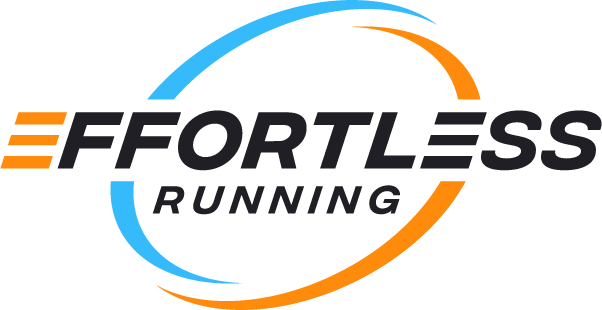It’s just not the same thing...
Last week, a client in our Effortless Running Lab asked me a question that kept me busy in my weekend long run. He asked me: “What is the biggest secret only known to runners?” A question that I could not answer immediately but percolated in my mind until I got the answer in one of those translucent moments during a long, endorphin fuelled weekend run.
One of the secrets only know to runners is that running and jogging are in fact completely different activities. Although you do the same loops, use the same park, and have the same equipment, biomechanically speaking runners do something completely different than joggers.
Locomotion
Humans have 4 main types of locomotive (aka moving) motions: walking, jogging, running, and sprinting. Each of these movements has a unique pattern and utilizes different motor-neuron pathways in the brain. Jogging is therefore not equal to running (or sprinting for that matter) and won’t help you improve your running form.
It is an obvious truth but an important one. If you want to run, you must practice running. Jogging (knees close together, pendulum swing of the lower leg, short stride, and usually a heel strike position) may train your cardiovascular system, but not the motor-neuron pathways needed for a good run.
What is the difference between running and jogging?
You can be quite a fast jogger. Most people have a range of 6 k/h - 12k/h in a jogging stride. That brings you to a 5 min/k pace at max. That is pretty decent as paces go. But change to a proper running form and you access the next gear in your locomotive gait. And this gear has a wide range of pace!
You can run at 7k/h up to Eluid Kipchoge’s pace of 21.82 k/h for the marathon. Now you have the ability to play with speed and run comfortably, moderately hard, or at max threshold level.

If you are looking to break some well-established barriers in running races such as the sub-3-hour marathon, a 1.30 half marathon, or the 40 minute 10k, you must start working on your running gait to access the speed necessary to achieve these goals.
Pay attention to your running form. Understand what the difference between running and jogging is. Notice how jogging won’t make you a better runner. That is one of the secrets that runners know to be true.
So, what should you pay attention to? Here is a guide to effortless running that I put together to get you familiarized with the fundamentals of your true running gait.
Effortless Running training plans
Whether you are an aspiring marathon runner or shooting for a personal best as an experienced marathoner, the Effortless Running training plan is customized for every runner. If you want to make sure your marathon adventure becomes a success, start with the right guidance. Contact our coaches through www.effortlessrunning.com or email [email protected] for more information on our individualized training plans.
Happy training!
Erik Böhm - Effortless Running - September 2021





